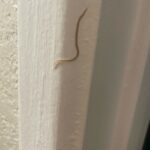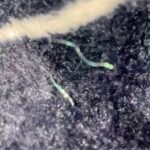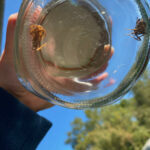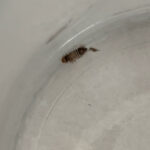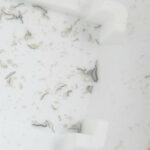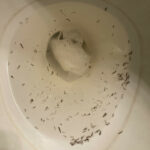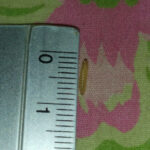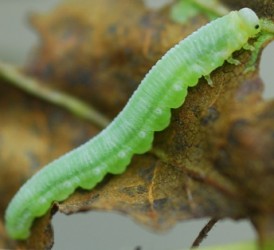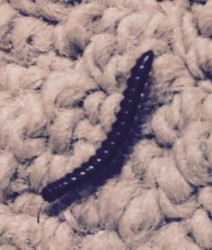If worms are destroying everything you attempt to grow in your garden, there are several things you can do to get rid of them and several methods to keep them from coming back. It takes a lot of work and patience, but it can be done.
The culprit is likely a budworm. Budworms begin to eat the minute they emerge from their eggs. Although tiny, these worms can do major damage. They eat holes in flower buds and blossoms, and the more they eat the bigger they become. This means, they are big enough to cause even more damage.
To get rid of the worms first, you may use several chemical methods if you prefer not to consult with a pest control service. Load a sprayer with liquid Sevin or any other insecticide. Follow the directions on the bottle carefully to avoid killing the beneficial earthworms that actually aerate and fertilize the soil, which is essential to the survival of all plant and tree life.
You can also try Bacillus thuringiensis (bt). BT is a wilt pathogen. It is available to gardeners to help control infestations. This pathogen is only toxic to insects. If you would like more information about Bacillus thuringiensis or to purchase products containing bacillus thuringiensis please visit: http://www.dirtworks.net/B.T.-Insecticidal-Soap.html.
Worms also have natural predators. One of the most effective natural predators for worms is the Trichogramma wasp. Birds, yellow jackets, and paper wasps also feast on worms. Allowing these types of animals and insects to roam free in your garden or around your precious snapdragons should help control your budworm population. Natural diseases and parasites also control budworms. Wilt disease causes the worms’ body to rot. This usually happens late in the season.
There are other methods of control as well. According to Marty Young, Adams County Pennsylvania Master Gardner, “if you suspect that you have budworms, look for them in the early evening. Once you see the holes, keep looking and soon you will see the worm itself. Budworms are found all over the US, and they can produce two or more generations a year. Handpicking should be done in the home garden. If you use an insecticide, look for ones with synthetic pyrethrins also known as pyrethoid insecticides.”
Young also advises gardeners to “keep weeds in check by pulling, since the weeds can also be hosts for the budworm” or “rototill your planting areas.” She adds, “working the soil in the fall is preferable, but spring tilling may crush some of the budworm pupa. In the Fall, remember to throw away the soil from potted plants and replace with new potting mixture if you are over wintering plants. Be mindful that any flowers and buds you put in your compost pile may have budworms that will over winter to continue your problem next year.”
For more information about natural and synthetic control methods for worms, visit the official Master Gardeners website at www.emmitsburg.net.
All About Worms is always free, always reader-supported. Your tips via CashApp, Venmo, or Paypal are appreciated! Receipts will come from ISIPP Publishing.



